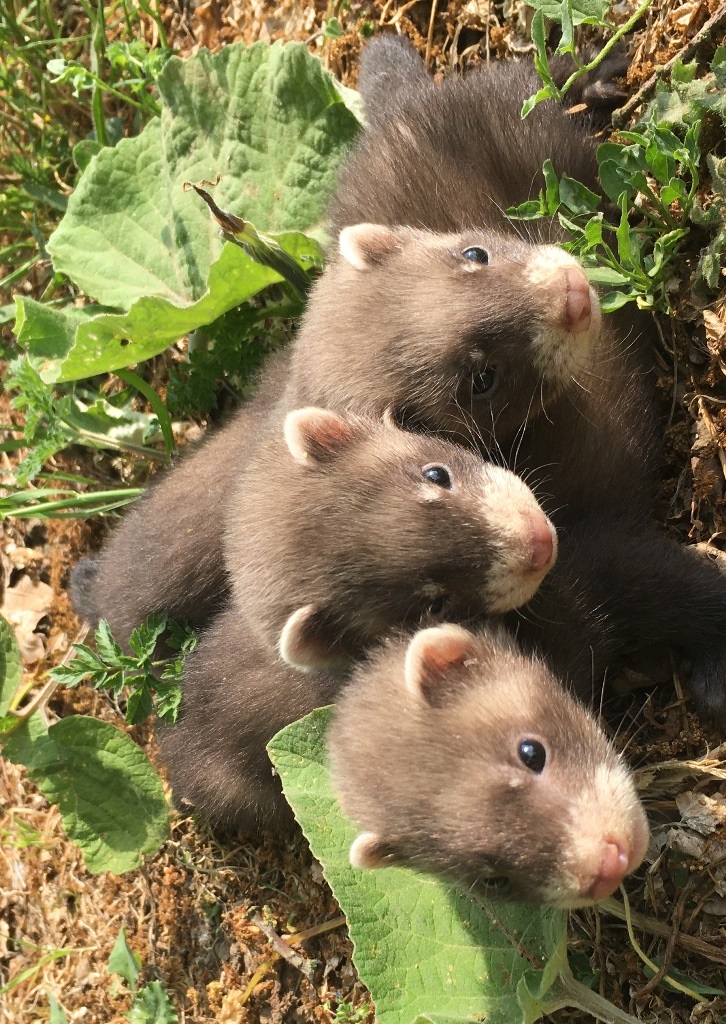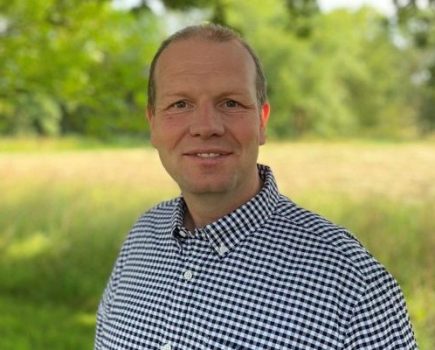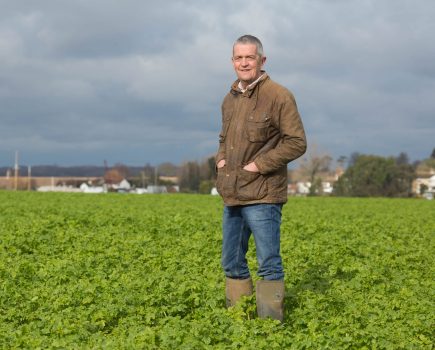 In the interests of my own mental health, for much of this current growing year I’ve been trying to spend most of my crop-walking hours in the wheat we drilled in mid-Sept because compared with the later drilled crops or those that didn’t get drilled at all, these ones looked relatively encouraging and full of promise.
In the interests of my own mental health, for much of this current growing year I’ve been trying to spend most of my crop-walking hours in the wheat we drilled in mid-Sept because compared with the later drilled crops or those that didn’t get drilled at all, these ones looked relatively encouraging and full of promise.
But through May this potential started to turn to dust. With just 22mm in April and nothing measurable in May the plants lacked fertiliser, lost tillers and started to roll their leaves. To add insult to injury a smattering of BYDV and blackgrass, that were the price of early drilling, got more prominent each and every day. It reminded me of the old farming law that if you can easily see pheasant and partridge poults running around in a June crop then brace yourself for a bad harvest.
The spring/summer drought of 2020 is shaping up to be more costly than the spring/summer drought of 2018 because it kicked in earlier. April 2018 was positively wet compared to its 2020 counterpart.
I realise that I’m not alone and I do take a rather twisted schadenfreude-based reassurance that it is not just me suffering with the prospect of a very meagre harvest. I like to check national rainfall maps to make sure it’s not just us who are missing the rain and as I pore over these charts I’ve noticed recently they sometimes don’t tell the truth. These maps suggest our little patch of north east Essex caught the benefit of some 5-10mm showers in mid-April.
The thing is, actually, we didn’t. I noticed at the time the radar images suggested we were getting a good drenching when it was nothing more than a light mizzle coming out of the sky. There is clearly a discrepancy between what the radar images suggest you’re getting compared with what actually happens on the ground.
Apart from the mental torment, there is another important consequence to watch out from this fake news. Disease pressure alerts are triggered by these same radar images rather than what is in the rain-gauge. Consequently I was being wrongly told there was significant septoria pressure in April and early May that justified a fungicide application. On the ground you could see this was nonsense.
This seems to be a classic case of remotely gathered digital-based data making us stupider rather than more intelligent. Along with my fellow old school crop walkers I can rest assured there’s no substitute for walking the crop. That old adage – the best fertiliser for the soil are the footsteps of the farmer still rings true.
Pole position on biodiversity
 In late May I came across this trio of ferrety little friends. Closer inspection of the markings suggested they were polecats. If my limited powers of identifying young mustelidae are correct then this is a truly remarkable thing to come across as I’ve never seen a polecat on the farm before. I take real pride in finding a new species on the farm because I take it as clear evidence my farm is becoming more biodiverse and species-rich rather than less as so as many conservation NGOs would have you believe. This is made all the more palpable by the fact polecats are top predators so if they are doing well then the food chain beneath must also be in good order. The site of these little chaps also cheered me up and with all the bad news about I was in need of cheering up. I hope the photo cheers up others as well.
In late May I came across this trio of ferrety little friends. Closer inspection of the markings suggested they were polecats. If my limited powers of identifying young mustelidae are correct then this is a truly remarkable thing to come across as I’ve never seen a polecat on the farm before. I take real pride in finding a new species on the farm because I take it as clear evidence my farm is becoming more biodiverse and species-rich rather than less as so as many conservation NGOs would have you believe. This is made all the more palpable by the fact polecats are top predators so if they are doing well then the food chain beneath must also be in good order. The site of these little chaps also cheered me up and with all the bad news about I was in need of cheering up. I hope the photo cheers up others as well.
Guy Smith grows 500ha of combinable crops on the north east Essex coast. @EssexPeasant




